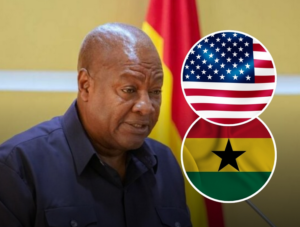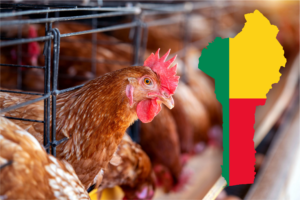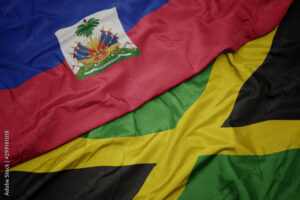Guinea’s Bauxite Boom: Opportunity, Uncertainty and the Human Stakes behind a Global Export Surge
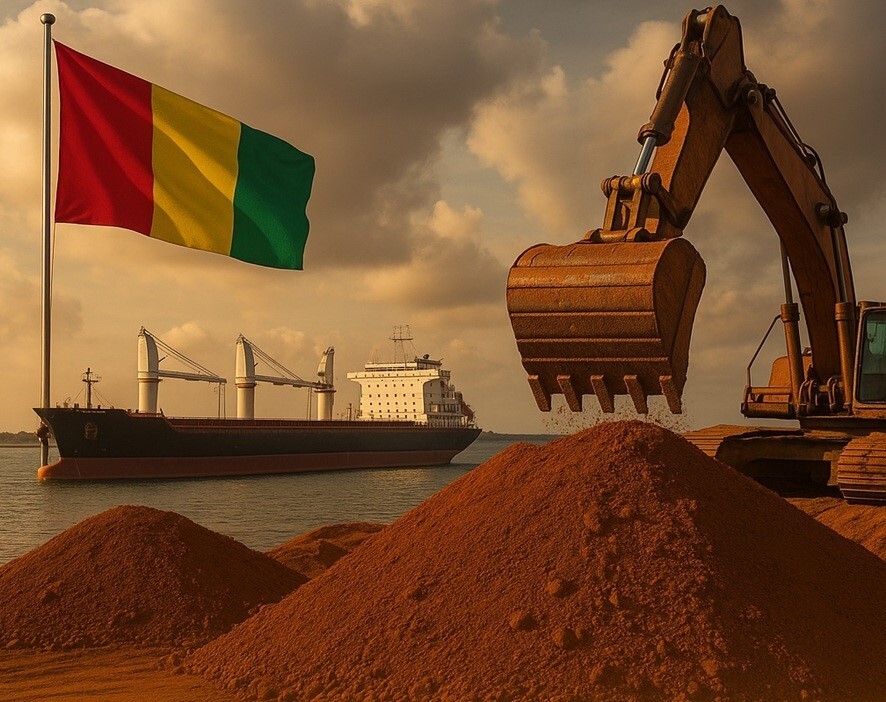
Guinea-Conakry’s bauxite industry is heading into 2026 on the back of an extraordinary year. Trade data shows the West African nation exported 48.6 million tons of bauxite in the first quarter of 2025, a 39% increase over the same period in 2024. The surge that is driven largely by the rising Chinese demand and expanded port infrastructure, has positioned Guinea as an indispensable player in the global aluminum supply chain.
But behind the numbers lies a story of transformation that reaches far beyond trade data: one that is reshaping communities, testing governance and redefining how Guinea’s mineral wealth connects to its people’s future. A country riding on the waves of global demand.
![]()
China’s industrial recovery has proven a lifeline for Guinea’s mining sector. Aluminum production in China grew 4% in the first five months of 2025, spurred by renewed construction and manufacturing demand. This, in turn, fueled a boom for Chinese-backed operators in Guinea Société Minière de Boké, Chalco and others, whose massive export volumes accounted for the lion’s share of the growth.
At the same time, new entrants such as AGB2A, Dynamic Mining and AMC have added fresh capacity, highlighting the sector’s continued attractiveness to investors. In the government stead in Conakry, this expansion represents both a triumph and a tightrope, maintaining investor’s confidence while ensuring the benefits of the resource extraction reach Guinean citizens.
The developmental projection of ports, power and the promise of infrastructure: Guinea’s 2025 infrastructure leap was as impressive as its export numbers. The country nearly doubled its port capacity, expanding from five to nine export-ready terminals. Roads, rail links, and energy corridors around mining zones have also seen upgrades, transforming once-isolated regions into industrial hubs.
Economically, this connectivity is a game-changer. Yet socially, it is redrawing local landscapes. Families in mining towns are seeing both opportunity and upheaval: new jobs and small businesses on one hand, but also rising costs of living, land disputes, and environmental pressures on the other. “Mining brings hope, but also tension. Our youth want work, but our elders want clean water and safe farmland. Both must matter” – said a community leader from Boké.
![]()
The Guinean government has sought to position itself as both facilitator and guardian of the nation’s mineral wealth. Initiatives like the domestic shipping mandate, which prioritizes local maritime transport and the upcoming Guinea Bauxite Index aim to ensure transparency and stable revenue streams.
Meanwhile, the push for in-country alumina refining, led by China’s State Power Investment Corporation, reflects a broader ambition: to move Guinea up the value chain and reduce dependence on raw material exports.
Politically, this effort carries weight. In a country where mineral wealth has often fueled corruption and unrest, the administration’s ability to deliver visible benefits, from better schools and clinics to rural electrification, will shape not only investor sentiment but public trust.
Guinea’s bauxite windfall has attracted record foreign investment, but analysts caution that global market volatility remains a persistent risk. A slowdown in China or policy shifts in major consuming nations could quickly reshape demand.
Still, for many Guineans, the immediate concern is local. As the economy expands, families face new cultural and social realities. Mining towns are growing rapidly, blending traditional village life with transient workforces and international contractors. Small businesses from food vendors to construction firms are thriving, but so are tensions over wages, land, and environmental stewardship.
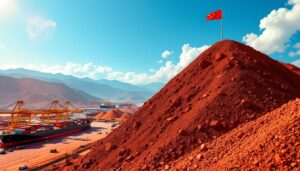
Sociologists warn that without inclusive planning, the boom could deepen inequality between mining regions and rural communities left outside the growth corridors.
Guinea’s bauxite success will be closely watched at the MSGBC Oil, Gas & Power 2025 Conference and Exhibition in Dakar this December (December 8-10). The event will highlight West Africa’s investment potential and serve as a platform for Guinea to present its mining roadmap to regional and global partners.
For investors, the message is clear: Guinea offers scale, infrastructure, and a reform-minded government eager to anchor long-term partnerships. But for the citizens, the more pressing question is whether the country’s mineral wealth can finally translate into sustainable development such as better schools, stable jobs and dignity at home.
As Guinea prepares for another strong export year in 2026, the world’s attention will again turn to its red earth and the promises it holds, not just for global industry, but for the families who live atop it.


